An old proverb is that when the going gets tough, the tough get going. In the challenging times of Covid-19, it applies well to the telecom sector at large and Vodafone Idea Limited (VIL) in particular. The latest feather in VIL’s cap happens to be the ‘Innovator of the Year’ title. It’s a well-earned accolade that has its roots in Vodafone Idea’s universal cloud deployment announced on 21 October 2019 in a Red Hat release. (The actual work is understood to have started much earlier.)
Vodafone Idea Limited claimed the top honors at the Red Hat Summit 2020, for orchestrating the vision of a single, universal cloud into reality. The telco now owns the largest cloud deployment of its kind in India, linking its IT, network, and third-party applications using open source infrastructure.
The initiative
This cloud initiative, which VIL had kickstarted around 18 months ago, had started bearing fruits even before the pandemic had hit the scene. It had helped VIL transform its network infrastructure by a great measure and made it highly scalable and agile. The pandemic merely tested its limits.
When it did, VIL’s network seems to have responded quite impressively. Not only was it able to accommodate a multifold rise in traffic but also managed to handle the overnight shift in demographic patterns.
It is a known fact that after the pandemic-induced lockdowns, a majority of enterprises rushed to enable their employees to work from home. This amounted to near-zero traffic demand originating from the business clusters while a massive surge in demand happened from residential areas.
Moreover, as communication and entertainment became the lifeline for netizens during lockdowns, VIL’s network experienced a year’s worth of traffic growth within a week of lockdown. With the cloudifaction carried out over the past several months, the telco was able to scale up elegantly enough.
Not surprisingly, the company’s stock rose 86% between 1 April and 20 May, from Rs 3.04 to Rs 5.65 a share. On the day of writing this analysis, the stock traded had last traded at Rs 5.53 a share on the BSE.
The build-up
Vodafone Idea says it took on the challenge of transforming its network to make it future ready and building a ‘Universal Network Cloud’ that is workload agnostic from core to edge. The cloud enables Vodafone Idea to better serve its more than 300 million subscribers by simplifying and transforming its IT and telecom network operations. The new platform is deployed across many distributed Vodafone Idea cloud microsites across India, as well as its central IT operations.
Vodafone Idea’s universal cloud initiative was to rapidly transform the 100-plus data centers of the erstwhile Vodafone and Idea entities, through a shared software platform. The Red Hat OpenStack Platform was used to design efficient ‘pods,’ which could be geographically distributed and taken closer to the end- users, helping to reduce latency and enable an optimal user experience.
Better World sees these ‘pods’ as akin to microservices that leverage containerization techniques and could be orchestrated using the open-source Kubernetes container-management system.
Recognition a shot in the arm?
Vodafone Idea considers the Red Hat award to be a recognition of its early adoption of emerging technologies for enterprise and retail customers. The cloud deployment has helped the telco in reducing latency in carrying multiple workloads and optimizing costs.
VIL is now also gung-ho about its future potential, especially with regard to next-generation services like internet of things (IoT) and blockchain.
Vishant Vora, Chief Technology Officer, Vodafone Idea said, “A distributed universal cloud centrally orchestrated is an ambitious project for us, representing a vision for the telco future where “pods” could be geographically distributed across the country. Our vision is to build a universal cloud that will not only carry the traditional telco workloads but also carry IT and enterprise offerings for our customers. This will also position VIL very well for the nextGen services like IoT, Blockchain etc. These capabilities need to be accommodated with a versatile and scalable platform offering flexibility and control as an organization. We are extremely proud of receiving this prestigious award.”
Chris Wright, senior vice president and chief technology officer, Red Hat, noted, “We want to extend congratulations to Vodafone Idea Limited for receiving the 2020 Red Hat Innovator of the Year award. Vodafone Idea’s journey in building a Universal Cloud, hosting both Network and IT workloads, based on open standards, is truly impressive. By adopting Red Hat OpenStack Platform, Vodafone Idea Limited and its customers can more quickly adapt to changing market conditions. We are proud to be working with Vodafone Idea Limited on this shared vision and we look forward to continuing our work with them as they look to build out additional offerings on this flexible platform.”
As part of Red Hat Innovation Awards each year, a panel of industry expert judges select the top five winning projects from a pool of global nominations. These five projects are selected based on the set of criteria for outstanding and innovative usage of Red Hat solutions. From the five winners, the Red Hat Innovator of the Year is selected by the community through online voting.




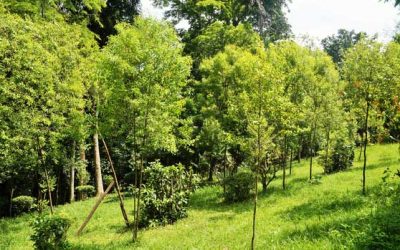
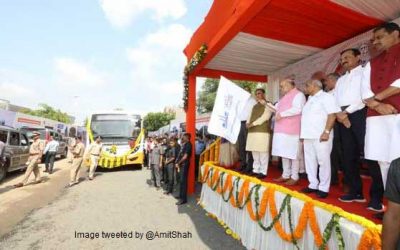

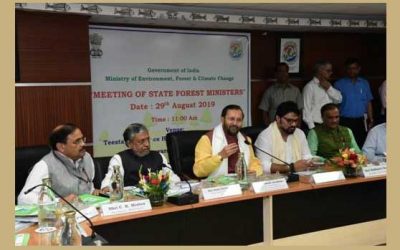

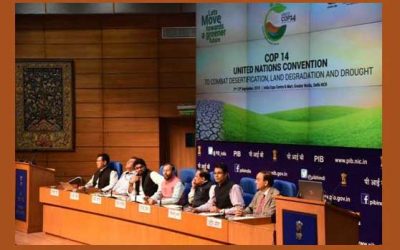
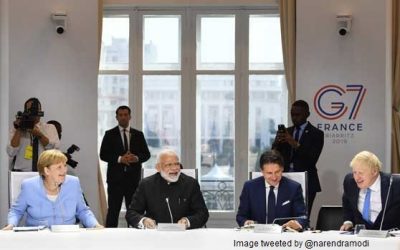
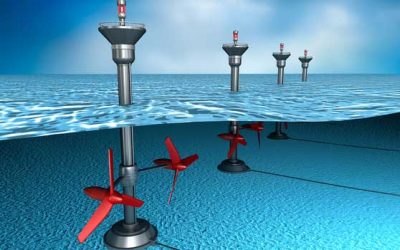
0 Comments